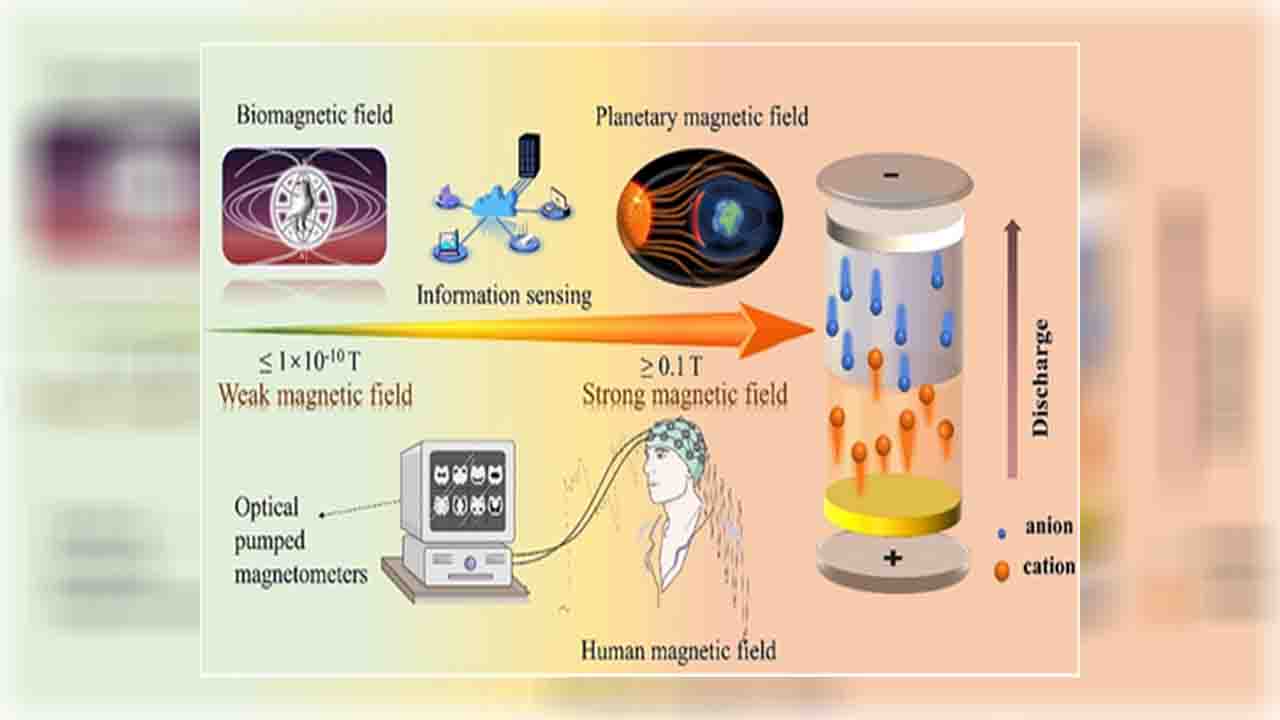Biomagnetic forces are the forces generated by the presence of magnetic fields. They are a ubiquitous force in nature, and they play a crucial role in many cellular processes, including cell division, migration, and mechanotransduction.
Cell division
Cell division is a complex process that involves the replication of DNA and the partitioning of the cell into two daughter cells. Biomagnetic forces play a role in regulating cell division by influencing the alignment and movement of chromosomes.
One way that biomagnetic forces influence cell division is by regulating the activity of microtubules. Microtubules are hollow tubes that make up the mitotic spindle, which is the structure that separates the chromosomes during cell division. Biomagnetic forces can cause microtubules to align in a specific direction, which can help to ensure that the chromosomes are divided evenly.
Another way that biomagnetic forces influence cell division is by regulating the activity of proteins that are involved in chromosome movement. For example, the protein kinesin is responsible for moving chromosomes along microtubules. Biomagnetic forces can influence the activity of kinesin and other proteins that are involved in chromosome movement, which can help to ensure that the chromosomes are moved to the correct location in the cell.
Cell migration
Cell migration is the process by which cells move from one location to another. It is an essential process for many biological functions, including wound healing, immune function, and development. Biomagnetic forces play a role in regulating cell migration by influencing the alignment and movement of cells.
One way that biomagnetic forces influence cell migration is by regulating the activity of actin filaments. Actin filaments are thin fibers that make up the cytoskeleton, which is the internal framework of the cell. Biomagnetic forces can cause actin filaments to align in a specific direction, which can help to guide the movement of the cell.
Another way that biomagnetic forces influence cell migration is by regulating the activity of proteins that are involved in cell adhesion. Cell adhesion is the process by which cells attach to each other and to the extracellular matrix. Biomagnetic forces can influence the activity of proteins that are involved in cell adhesion, which can help to regulate the movement of cells.
Mechanotransduction
Mechanotransduction is the process by which cells convert mechanical forces into biochemical signals. It is an essential process for many biological functions, including tissue development, wound healing, and muscle contraction. Biomagnetic forces play a role in mechanotransduction by influencing the activity of proteins that are involved in sensing and responding to mechanical forces.
One way that biomagnetic forces influence mechanotransduction is by regulating the activity of ion channels. Ion channels are proteins that allow ions to flow into and out of cells. Biomagnetic forces can cause ion channels to open or close, which can change the electrical potential of the cell and trigger biochemical signaling cascades.
Another way that biomagnetic forces influence mechanotransduction is by regulating the activity of proteins that are involved in the assembly and disassembly of the actin cytoskeleton. The actin cytoskeleton is a dynamic structure that is constantly being remodeled in response to mechanical forces. Biomagnetic forces can influence the activity of proteins that are involved in actin cytoskeleton remodeling, which can change the shape and stiffness of the cell and trigger biochemical signaling cascades.
Conclusion
Biomagnetic forces play a crucial role in many cellular processes, including cell division, migration, and mechanotransduction. By understanding how biomagnetic forces influence these processes, we can develop new therapies for diseases that are caused by defects in cellular mechanics.
Emerging applications of biomagnetic forces in cellular mechanics
Biomagnetic forces are a promising new tool for controlling cellular mechanics. Researchers are developing new ways to use biomagnetic forces to manipulate cells for a variety of applications, including:
- Tissue engineering: Biomagnetic forces can be used to control the alignment and differentiation of cells in tissue engineering scaffolds. This could be used to develop new bioengineered tissues and organs for transplantation.
- Drug delivery: Biomagnetic forces can be used to direct drug-loaded nanoparticles to specific cells in the body. This could improve the efficacy and safety of drug delivery.
- Cancer treatment: Biomagnetic forces can be used to kill cancer cells or make them more susceptible to chemotherapy. This could lead to new and more effective cancer treatments.
Biomagnetic forces are a powerful tool for controlling cellular mechanics. As our understanding of how biomagnetic forces interact with cells continues to grow, we can expect to see new and innovative applications of biomagnetic forces in cellular mechanics in the years to come.








